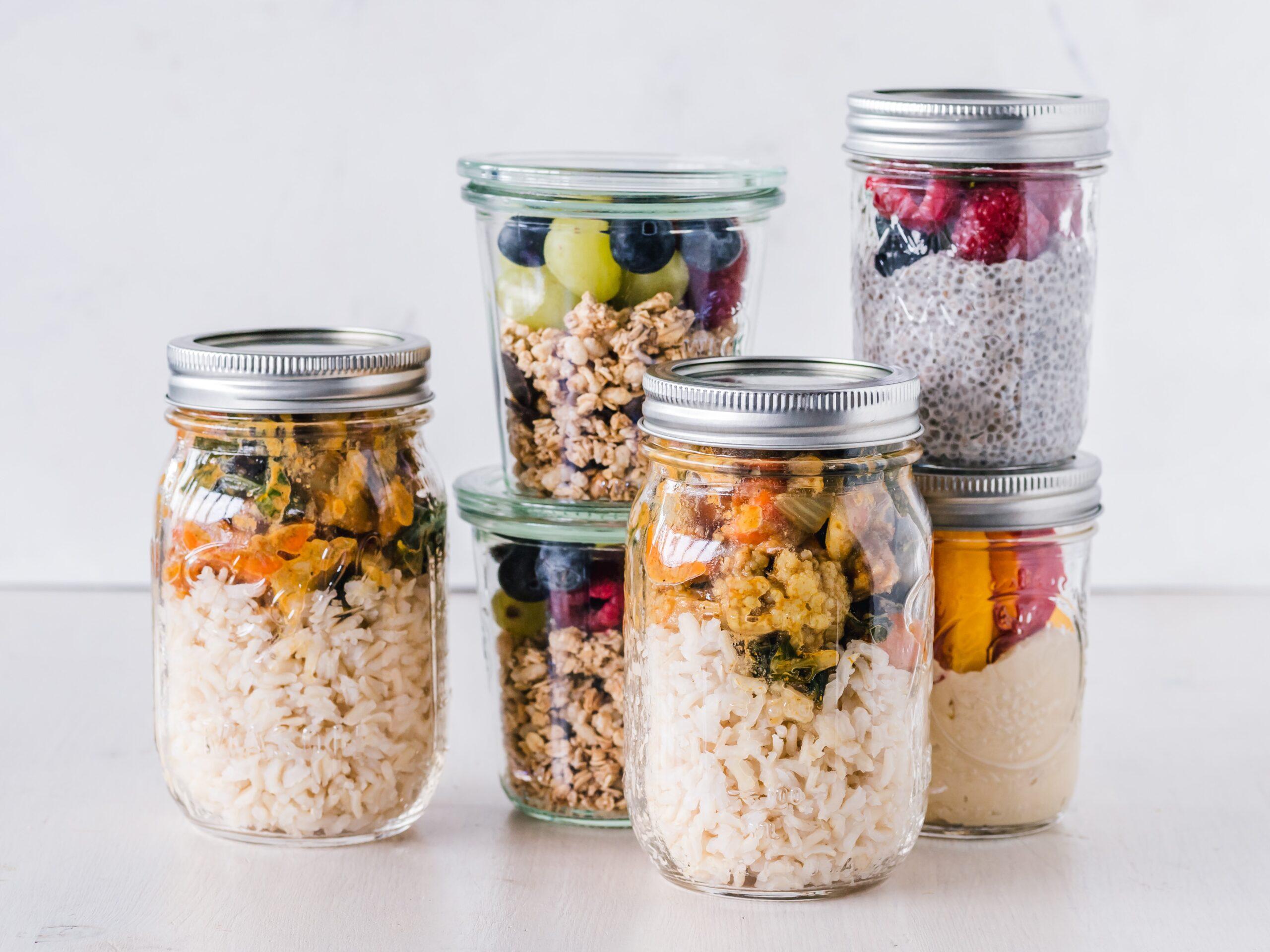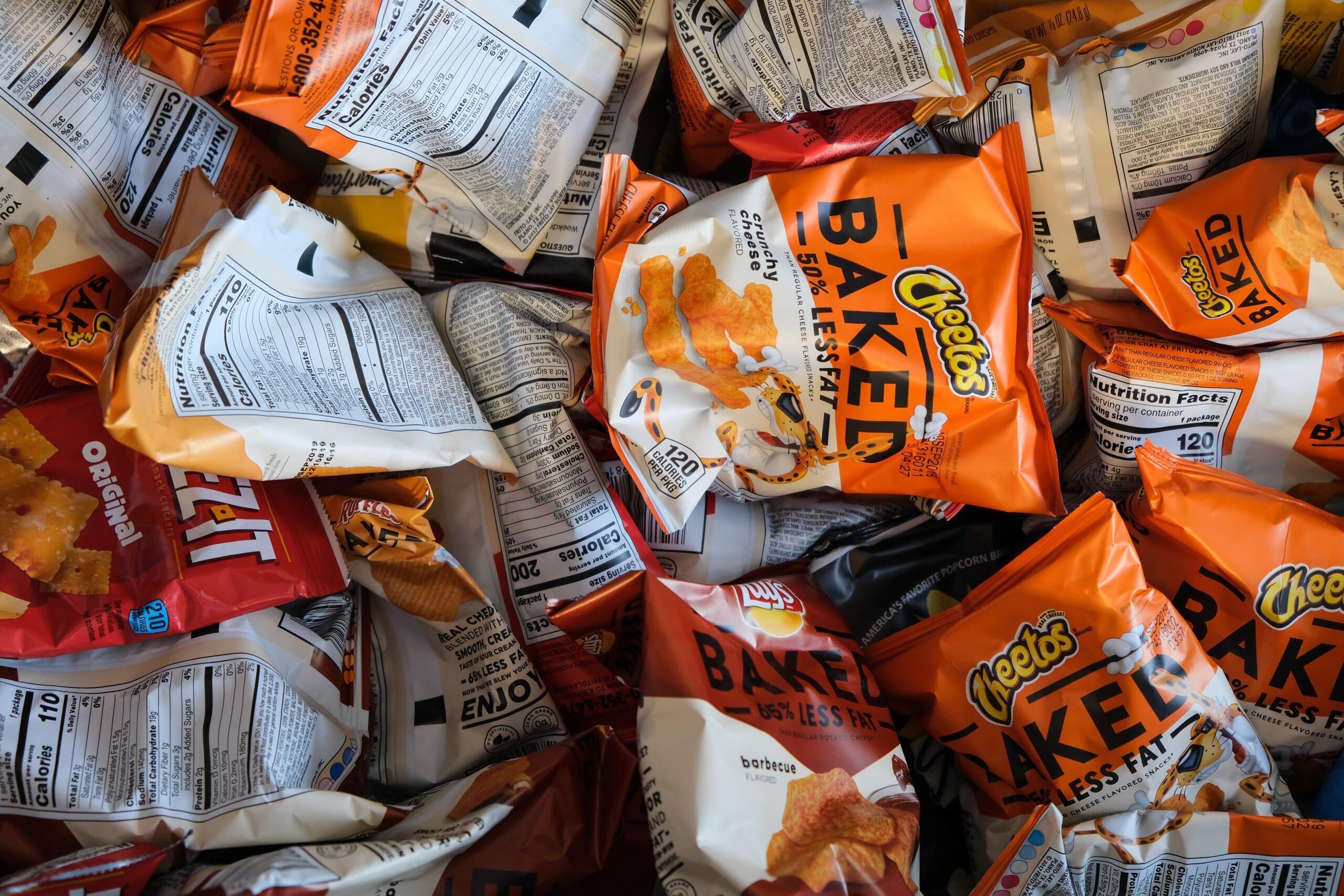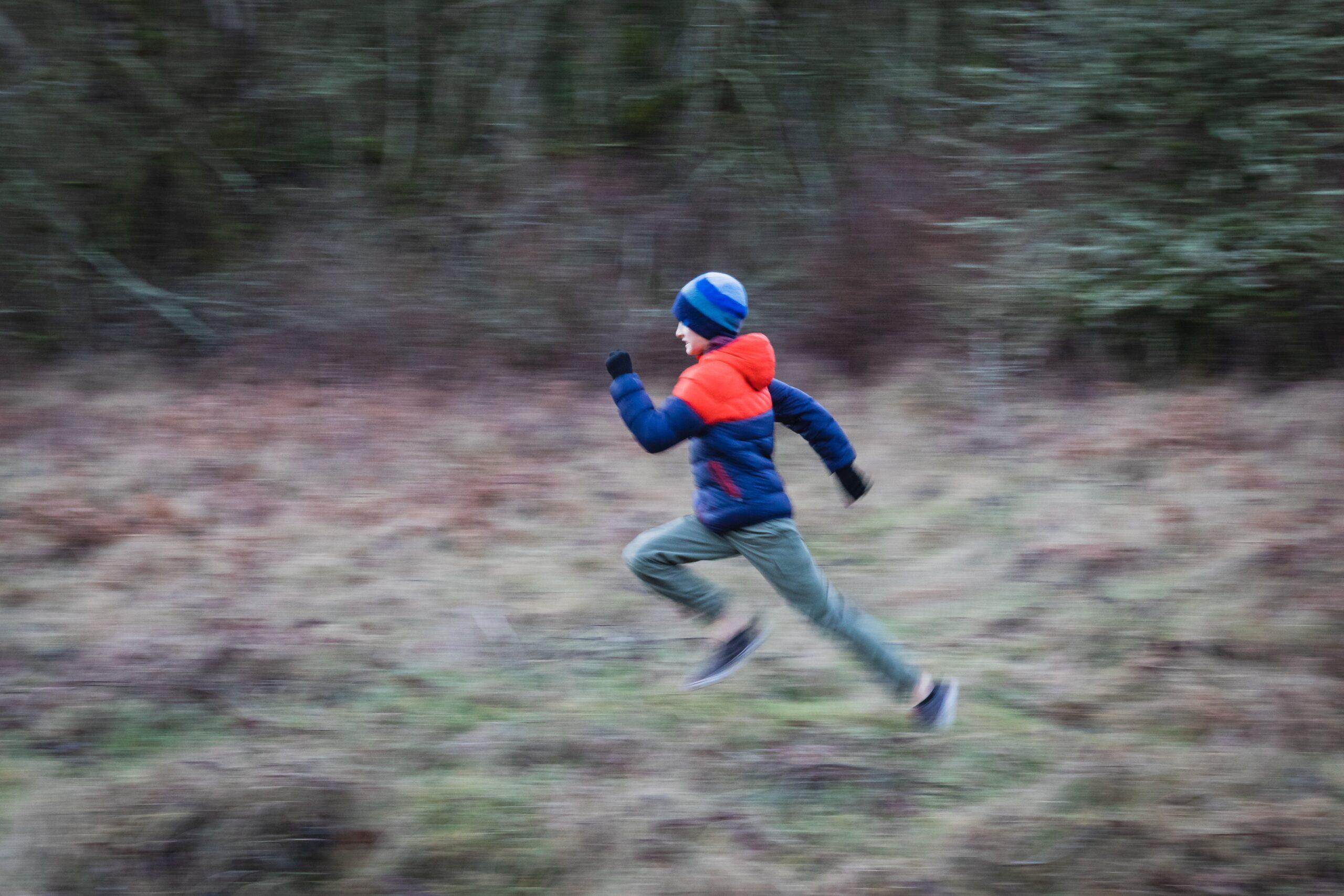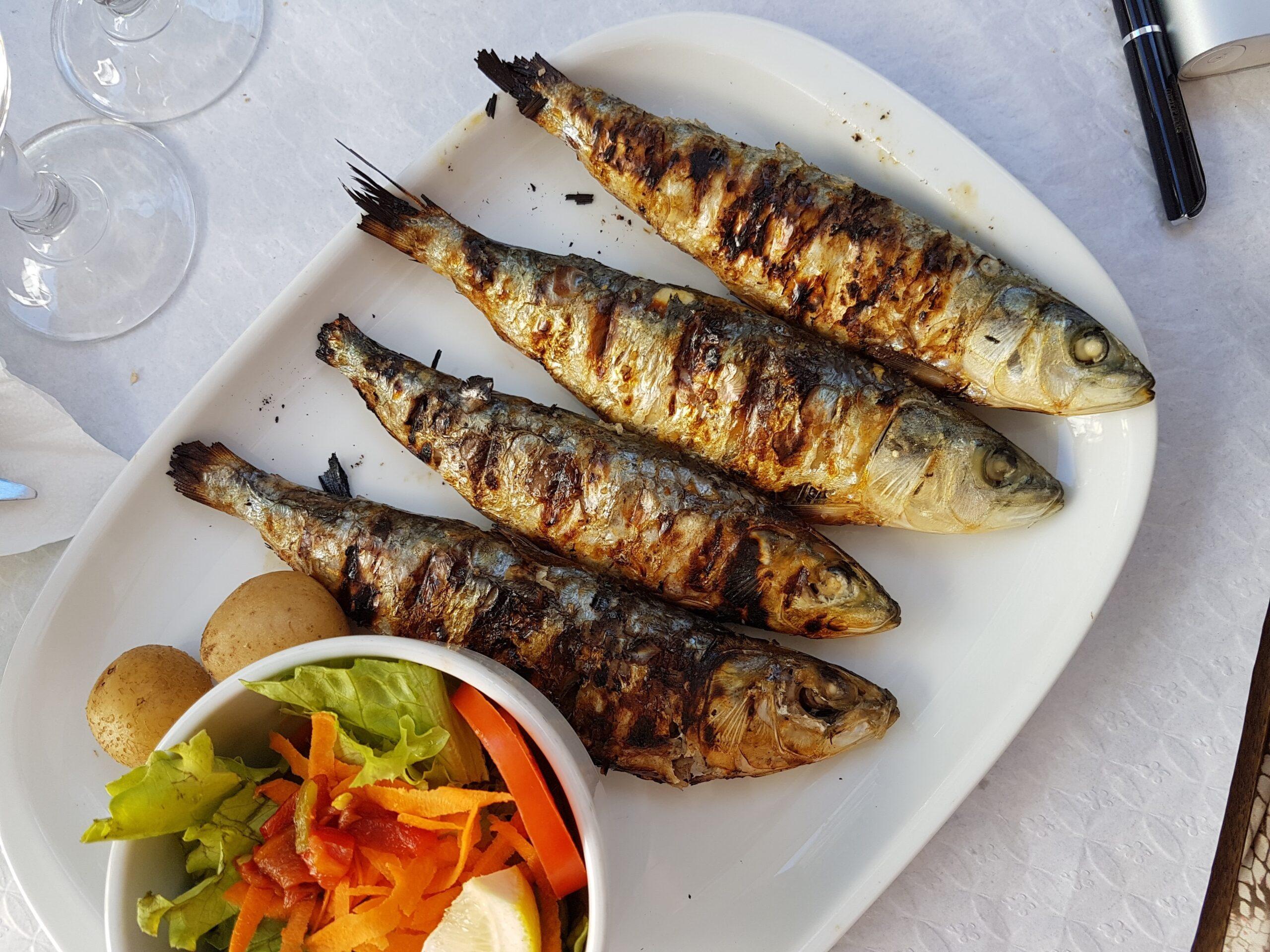On any given day, 80 percent of children in the United States drink a sugar-sweetened beverage. (Adults aren’t far behind at 66 percent). Teen boys average a quart of the sweet stuff every day.
Professor Walter Willett, M.D., chairs the Department of Nutrition at Harvard School of Public Health (HSPH). In an HSPH statement on the role of sugary drink consumption regarding obesity and diabetes, Willett says: “The scientific evidence is now clear; soda and other sugar-sweetened beverages are important contributors to obesity in children and adults.”
Pamela M. Nisevich, MS, RD, CSSD, LD, agrees. “I see countless [pediatric] patients who would reduce their weight and consequently their risk for chronic disease if they would simply cut out calorie-containing sugary beverages,” says the pediatric dietitian and founder of swimbikeruneat.com.
Some examples of calorie-heavy, sugar-sweetened beverages include soda, fruit punch, lemonade, sweetened powdered drinks, and sports and energy drinks. “Kids should be drinking no more than four to eight ounces of 100 percent fruit juice per day,” adds Nisevich. “After meeting their dairy needs, the rest of their fluids should be coming from calorie-free beverages like water.”
Excessive consumption of empty calorie beverages can contribute to poor growth in toddlers. Kids may fill up on fluid and avoid foods that provide nutritional value. Long term, the extra calories from sugar-sweetened beverages can contribute to dental caries, weight gain and complications that stem from being overweight, such as an increased risk for type 2 diabetes and metabolic syndrome. The Harvard School of Public Health Nutrition Source also found links between sugary beverage consumption and heart disease as well as decreased bone health.
Questions, Answers and Advice for Navigating Real Life
Q: My child is going to a birthday party. Should I ask the hosting parent not to serve sugary beverages to my child?
A: It may not be a good idea, according to Elizabeth Ward, MS, RD, author of Expect the Best, Your Guide to Healthy Eating Before, During, & After Pregnancy (Wiley) and mom of three. “It singles the child out and puts sugary drinks on a pedestal for him or her. Sometimes, you just have to accept that your child will have too much sugar at gatherings with other kids; and I am speaking as a parent now.”
Depending on how comfortable you feel making suggestions, you might ask the host to consider fun beverages that contain low sugar for the whole group, or offer to supply the drinks yourself. That way nobody is singled out and everyone can benefit from the sugar savings. Some sweet yet appropriate ideas follow.
- Seltzer water with a splash of 100 percent fruit juice or club soda mixed with chopped fruit is a colorful and flavorful drink with effervescent bubbles. As an activity, kids can mix their favorite ratios, with supervision, to concoct customized healthy sodas. (Using the word “healthy” is optional, as this can sometimes backfire.)
- A new beverage on the market called First Juice has no added sugar, no artificial sweeteners, no preservatives and no high-fructose corn syrup. It also has 50 percent less sugar than 100 percent fruit juice. What’s more? First Juice offers a good source of calcium and vitamin D. See the “Double Their D” sidebar for why vitamin D is important for kids of all ages.
- Make homemade milkshakes with low-fat milk, ice and your pick of chopped fresh or frozen fruit. Children benefit from the low-fat dairy, and a serving of fruit is a nutritious bonus. Serve milkshakes in small decorative cups with straws to reduce cavity-causing contact between children’s teeth and the sugars in the milkshakes.
Q: If my child gets plenty of exercise, are sports drinks acceptable?
A: Sports drinks are appropriate for athletic kids exercising in hot and humid environments for extended periods of time. Sports drinks are also acceptable when kids participate in strenuous activity, according to Nisevich. She is more concerned when kids consume sports drinks without the sports. Ward and Nisevich agree that most sports drinks are for activities that last at least one hour.
Double Their D
Experts agree: Children need more vitamin D. In October 2008, the American Academy of Pediatrics doubled its recommendations for daily vitamin D intake for healthy infants, children and adolescents in order to prevent rickets and vitamin D deficiency. The change is a shift from the 2003 recommendation to provide 200 IU per day starting in the first two months after birth, to the current guidance to get 400 IU per day starting from the first few days of life.
Getting in a day’s worth of vitamin D can mean two glasses of vitamin D-fortified milk, a serving of low-fat yogurt and a cup of First Juice. Some of Ward’s favorite kid-friendly ways to incorporate milk in the diet are to whip up smoothies with milk, fruit and ice; mix milk into condensed soups instead of water; prepare oatmeal in the microwave with milk; or serve up flavored low-fat milk.
There are also non-dairy alternatives that have been fortified with vitamin D to help children meet nutritional goals. These alternatives include Enriched Rice Dream, First Juice in flavor combos like apple-carrot and peach-purple carrot, and certain orange juices.
Enjoying vitamin D foods with your children models good eating habits and it’s good for you. New evidence suggests that vitamin D plays a role in supporting the immune system and may help prevent infections, autoimmune diseases, cancer and diabetes in adults.
To learn more about how to make healthy beverage choices for you and your family, find a dietitian in your area through the American Dietetic Association (www.eatright.org). Also, check out the Harvard School of Public Health Nutrition Source (www.hsph.harvard.edu/nutritionsource/healthy-drinks/), a site that offers guidance on nutrition and healthy beverages.




